
by Gideon Marcus
It's a wonderful town
That truly was the Week That Was. Once again, the annual convergence of the world's fen was tremendous fun, made all the sweeter for the fact that the Journey clan was there in force.

Me, Lorelei, Fiona Moore, Alison Scott, and Erica Frank

Janice L. Newman and Marie Vibbert
Held at the New York Statler Hilton, NyCon 3 may have been the biggest World Science Fiction convention yet, with more than 1000 people attending.

Our guest of honor this year was Lester del Rey, who recently came back to the fore of science fiction with a host of new stories.

The lines for registration were long, but that also gave us the chance to see our friends who attended…including the lovely Tom Purdom (whose I Want the Stars impressed us so a few years back).

From Fanac

From Fanac

A Gemini astronaut? No! A Hugonaut!
The Exhibit Hall was full of goodies, including back issues of anything I missed. Ever wonder how we maintain our encyclopedic knowledge of things SFnal? It's thanks to dealers like these who offer classic fiction as wares.

From Fanac

From Fanac
Beautiful works were on display at the art show (and you'll note that Star Trek already features prominently:

From Fanac

Manhattan women are all dressed in satin, so the fellows say
The Masquerade was a gas, as always. This one included a fashion show put on by Carol Pohl themed "Galaxy of Costumes", imagining clothes of the future. It ties in to a short piece in this month's Galaxy (edited by Fred Pohl).

From Calisphere and Fanac–Lin Carter and Carol Pohl

From Fanac–Betsy Wollheim

From Fanac—Trek costumes galore

The Bronx is up and the Battery's down
The centerpiece of the event was, of course, the fanquet. Some 850 folks gathered in the dining hall (a couple hundred relegated to the cheap seats in the balconies) to hear the results of the Hugo votes. Much to Isaac Asimov's chagrin, Harlan Ellison was invited to do the EmCee-ing for the occasion, something he did with great humor, but not a little longwindedness.
Of course, Dr. A was busy much of the convention trying (and failing) to play peacemaker between Harlan and Judith Merril. Apparently, Harlan had inserted a caricature of Judy in an episode of The Man from U.N.C.L.E. he wrote, and she is suing him for defamation of character or something like that. She actually served Harlan a summons at the con!

From Calisphere and Fanac
Other folks who spoke at the fanquet were Bob Tucker (creator of Hoy Ping Pong, after whom the new fan awards were almost named) and, of course, Lester. Poor Lester was relegated to the end of a very long program, and thus had to rush through his speech.

From Fanac

From Fanac
And now, we turn to what you're most eagerly awaiting–the results! Buckle in; there's a lot to report.
Best Novel

The Moon is a Harsh Mistress by Robert A. Heinlein [If Dec 1965,Jan,Feb,Mar,Apr 1966; Putnam, 1966]
Nominees
Babel-17 by Samuel R. Delany [Ace, 1966]
Too Many Magicians by Randall Garrett [Analog Aug,Sep,Oct,Nov 1966]
Flowers for Algernon by Daniel Keyes [Harcourt, Brace & World, 1966]
The Witches of Karres by James H. Schmitz [Chilton, 1966]
Day of the Minotaur by Thomas Burnett Swann [Ace, 1966]
We were sad last year when it appeared Moon would miss its chance on a technicality. It's only a shame that this is the year it won given the strength of the Delany. Algernon was a Galactic Star winner and Magicians a nominee, so their appearance on the ballot is not a surprise.
On the other hand, The Witches of Karres is an expansion of a 1949 Astounding story, which, of the Journey staff, only David read (it did not impress him). Day of the Minotaur was a fine book, but it came out in '64-'65 as The Blue Monkeys, so it really didn't belong on this year's ballot.
Best Novelette
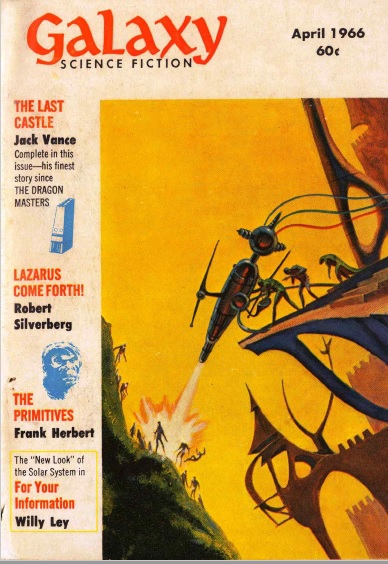
Winner: “The Last Castle” by Jack Vance [Galaxy Apr 1966]
Nominees
“Call Him Lord” by Gordon R. Dickson [Analog May 1966]
“Apology to Inky” by Robert M. Green, Jr. [F&SF Jan 1966]
“The Alchemist” by Charles L. Harness [Analog May 1966]
“An Ornament to His Profession” by Charles L. Harness [Analog Feb 1966]
“The Eskimo Invasion” by Hayden Howard [Galaxy Jun 1966]
“The Manor of Roses” by Thomas Burnett Swann [F&SF Nov 1966]
“For a Breath I Tarry” by Roger Zelazny [Fantastic Sep 1966]
“This Moment of the Storm” by Roger Zelazny [F&SF Jun 1966]
At last, the Hugos are taking a page from our book and subdividing the shorter length prose by length. We're also pleased to see how many nominees they accepted. According to Ted White, the NyCon Committee included all the stories above an obvious cut-off threshhold (they got nearly 300 nominating ballots this year, as opposed to the ridiculous ~60 of last year). And so, a broader cross-section of stories are being recognized.
On the other hand, one wonders if the voters simply threw darts at their magazine collection to determine the contestants. The UK magazines are not represented at all. That the Vance won is not upsetting. It's an excellent story, and I consider it better than the Swann (which is still quite good). Zelazny is here twice because he makes a specialty of writing stories that will be nominated for Hugos. Breath was better than Storm, but that they're both here isn't a problem. Call Him Lord was generally liked but not loved among the Journey staff. Ditto, Ornament (though I quite enjoyed that one).
But then you've got Hayden Howard's Esk novella (feh!), Apology to Inky (phew!), and the execrable The Alchemist (by Harness, who did Ornament). Thus, a full third of the nominees in this category are kaka. Not even tolerable, but just lousy. And even though we had a full 21 Star winner and nominees, only 4 of the Hugo nominees overlapped. This is what happens when the general audience doesn't read the British mags or the SF anthologies…
Short Fiction

Winner: “Neutron Star” by Larry Niven [If Oct 1966]
Nominees
“Man in His Time” by Brian W. Aldiss [Who Can Replace a Man?, 1966]
“Delusion for a Dragon Slayer" by Harlan Ellison [Knight Sep 1966]
“Rat Race” by Raymond F. Jones [Analog Apr 1966]
“The Secret Place” by Richard McKenna [Orbit #1, 1966]
“Mr. Jester” by Fred Saberhagen [If Jan 1966]
“Light of Other Days” by Bob Shaw [Analog Aug 1966]
“Comes Now the Power” by Roger Zelazny [Magazine of Horror #14 Winter 1966/1967]
I am going to go out on a limb and say none of these stories should have been on the ballot, each for different reasons. Granted, Light was pretty good (the sequel is better), and my fellow travelers liked it quite a lot. On the other hand, the Analog readership universally rated the story the worst of that issue. If they didn't vote for it, who did?
And I didn't read the Zelazny (none of us did) so I can't comment on that one.
But the Saberhagen is one of the weakest of the Berserker sentient space ship stories, and the Niven is definitely the least of his Bey Schaeffer era stories (why didn't readers choose the superior At the Core?). The Ellison is routine, as is the Jones. I suspect McKenna's story is only there as sort of an eulogiac honor since he died in '64 and this was one of his last pieces (unfinished, at that).
That leaves the Aldiss, which to its credit, did get nominated for the Galactic Star…in 1965. Just because it got collected into a book last year shouldn't make it eligible again.
Phooie.
Best Dramatic Presentation
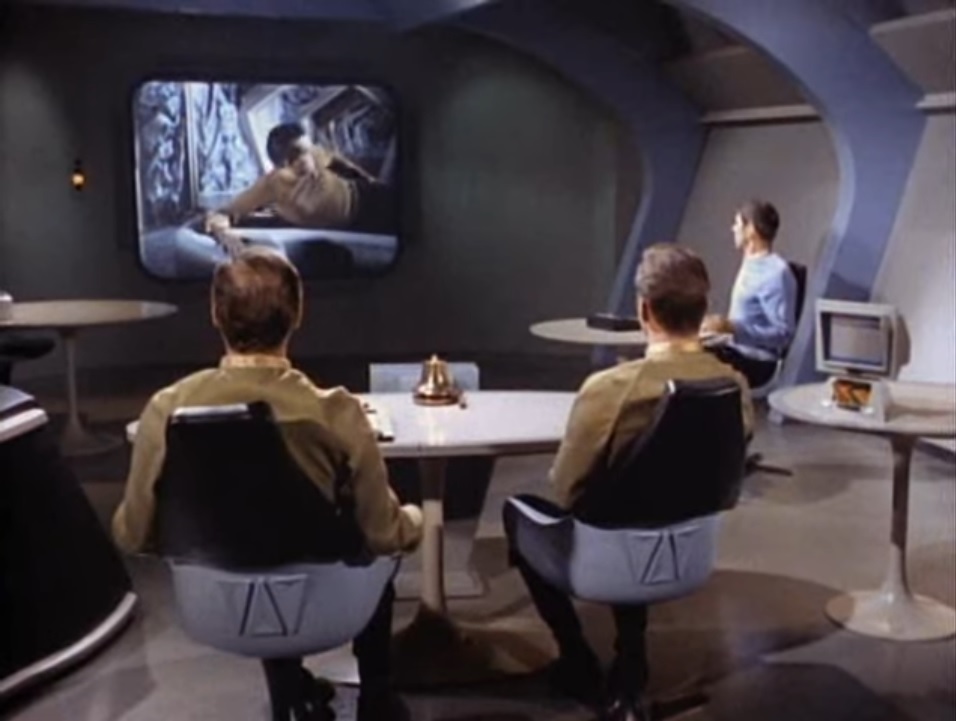
Winner: Star Trek – “The Menagerie” (1966) [Desilu] Directed by Marc Daniels; Written by Gene Roddenberry
Nominees
Fantastic Voyage (1966) [20th Century Fox] Directed by Richard Fleischer; Screenplay by Harry Kleiner; Adaptation by David Duncan; Story by Jerome Bixby & Otto Klement
Star Trek – “The Naked Time” (1966) [Desilu] Directed by Marc Daniels; Written by John D. F. Black
Fahrenheit 451 (1966) [Anglo Enterprises/Vineyard] Directed by François Truffaut; Screenplay by Jean-Louis Richard and François Truffaut and Helen Scott; based on the novel by Ray Bradbury
Star Trek – “The Corbomite Maneuver” (1966) [Desilu] Directed by Joseph Sargent; Written by Jerry Sohl
The fanzines have been full of discussion regarding this year's Dramatic Presentation Hugo. Several years ago, the awards were changed so that only episodes could win rather than shows. This was to keep Twilight Zone from juggernauting over everything several years running.
The result was a three-way split that threatened to give the Hugo to something that wasn't Star Trek. While the fan community is somewhat split on the new science fiction show (for instance, Ted White and Alexei Panshin don't care for it), for the most part, fen dig it. Thus was created a campaign to vote for the one episode that had the creator's name attached to it. As it turns out, Menagerie was also a pretty good episode. It's the one I picked even without prompting from Juanita Coulson.
So hooray for our side. But once again, it's a pity that UK and German shows don't get on the ballot.
Best Professional Magazine

Winner: IF Science Fiction ed. Fred Pohl
Nominees
Analog Science Fiction and Fact ed. by John W. Campbell, Jr.
Galaxy ed. by Fred Pohl
New Worlds ed. by Michael Moorcock
Apparently American readers do read the UK mags. I wonder how New Worlds ended up here, but none of the stories from it (or its sister/Siamese Twin Science Fantasy) did. Folks continue to be more impressed with IF than we are, but perhaps they are rewarding the magazine for its standouts. It does have them.
If you're wondering why The Magazine of Fantasy and Science Fiction isn't on here, it's because one of NyCon's co-chairs (Ted White) is an assistant editor there. Head cheese Ed Ferman decided it would be a class act to withdraw its eligibility. Ted says the magazine placed third in nominations.
Best Professional Artist
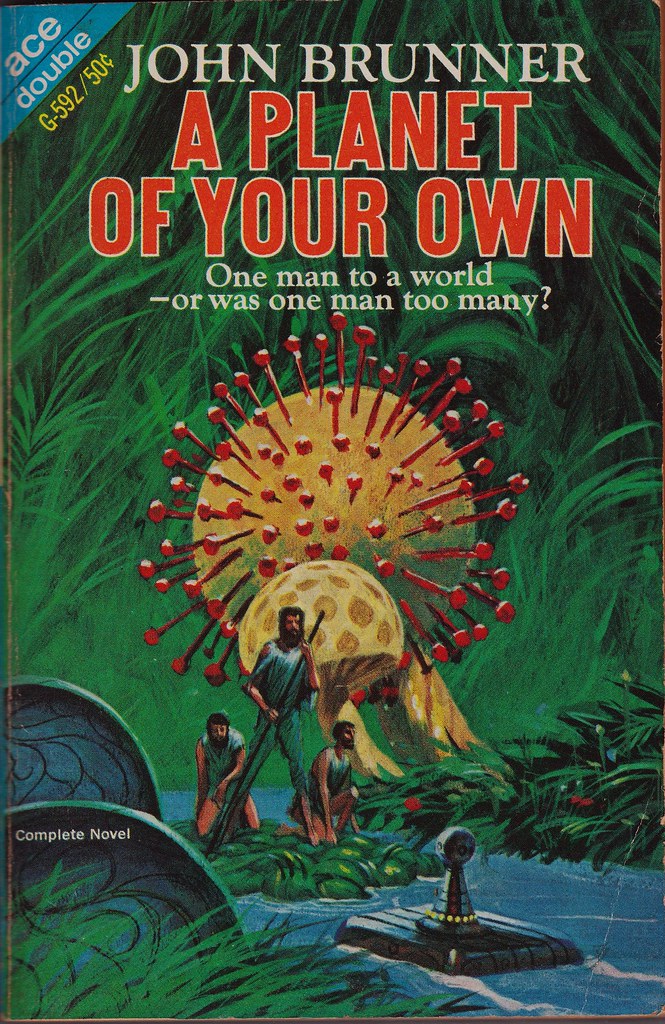
Winner: Jack Gaughan
Nominees
Frank Kelly Freas
Gray Morrow
John Schoenherr
This year, it was all SF mag artists without folks from the world of (solely) book covers. I'm very surprised to see Gaughan take the nod as he is my least favorite of these four. I also read in a 'zine a couple of years back that he's somewhat prickly in person [Ted White has since written to tell me he's actually quite nice). But he does have a distinctive style, and perhaps he had enough devotees to put him over the top. Also, Schoenherr hasn't had a dramatic sand worm to illustrate in many months…
Best Fanzine

From Fanac
Winner: Niekas ed. by Edmund R. Meskys and Felice Rolfe
Nominees
Australian Science Fiction Review ed. by John Bangsund
Lighthouse ed. by Terry Carr
Yandro ed. by Robert Coulson and Juanita Coulson
Habakkuk ed. by Bill Donaho
Trumpet ed. by Tom Reamy
Riverside Quarterly ed. by Leland Sapiro
A ha — this may explain the Gaughan win. Niekas is a nice big genzine, and Jack did the cover for the last '66 issue. The winner and four of the noms were also Galactic Star winner/nominees, so all is right with the universe. Trumpet didn't get on our slate, but it is an attractive 'zine with semi-pro print quality. Habakkuk is a worthy pick, too, something like Niekas and RQ. ASFR is devoted to reviews, and they do a lof of them, some large, some small.
It is worth noting just how fundamental these magazines are to the genre, and why it's a good thing fan concerns were not relegated to the ghetto called "Pong". Each of these 'zines, and the dozens more besides (not to mention Galactic Journey!) constitute the connective tissue for speculative fiction. With insightful analysis, thriving letter columns, poetry, stories, and news, the 'zines often provide more entertaining fare than the pro mags (recognizing, of course, that the 'zines would have no reason to exist were it not for professional publications).
So huzzah for 'zines, hooray for these 'zines. (And please vote Galactic Journey! for Best Fanzine next year–thanks to all those who nominated us this year!)
Best Fan Writer
While the Journey (once again) did not win the Best Fanzine Award, one of our illustrious writers did take home the first Best Fan Writer Award! I am, of course, referring to Alexei Panshin.

From Calisphere
Winner: Alexei Panshin
Nominees
Norm Clarke
Bill Donaho
Harry Warner, Jr.
Paul J. Willis
Apropos of my last comments, I am delighted to see the fan categories expand to three. Some may find this a bit self-indulgent, or that the proliferation of Hugo categories is a bit overwhelming. I feel that, as our field grows, the awards must grow, too, allowing more to be recognized for the good work they're doing.
Panshin appears in lots of places, from RQ to Yandro–and, of course, the Journey! Bill Donaho is best known for Habbakuk. I know Warner, the "sage of Hagerstown" (where my mother-in-law lives) from his letters and FAPA contributions. I know the Willis brothers live in Virginia, but I can't remember what they've worked on. Norm Clarke is another FAPAer, and I think I've caught his contributions to other 'zines.
I am surprised not to see Juanita Coulson or Steve Ashe or Ted White on this list, but Steve is new to helm of Science Fiction Times, Ted White is a filthy pro, and Juanita just became one, too, so maybe that's why. Also, Coulson took home half a Hugo last year for running Yandro.
Best Fan Artist

From Calisphere

From The Hugo Awards
Winner: Jack Gaughan
Nominees
George Barr
Jeff Jones
Steve Stiles
Arthur “ATom” Thomson
Alright, perhaps it wasn't Niekas that got Gaughan the pro Hugo nod because he also got the fannish art Hugo! I feel bad for not being immediately conversant with the other names, even as they faintly ring bells. I will pay closer attention to credits henceforth.
That said, I shall continue to plump for The Young Traveler, as I feel she is the most worthy fan artist!
In the light of day, our only day
After the big show, there was still fun to be had, particularly in the bars and room parties. For some, these are the only part of the convention that matter! On the other hand Janice and I are on the other side of 39 (not far, mind you… just a matter of days), so we generally went to sleep early. But not always!

From Fanac
Finally, it was back to Idlewild…er…Kennedy aiport for a 707 jaunt back home. Thank goodness for those new pneumatic headphones! They helped take my mind off the reek (or "pong", as the UK folks say) of the ever present cigarette smoke we were trapped inside with.

Hope you enjoyed this report! And stay tuned for next year's: San Francisco won the bid for the 1968 Worldcon, which means it'll be a local trip!

—









![[September 20th, 1967] Twiggy: Face of the 60s](https://galacticjourney.org/wp-content/uploads/2022/09/Twiggy-Vogue-1967-Photo-Cecil-Beaton-672x372.jpg)

![[September 18, 1967] Skål! (October 1967 <i>Fantasy and Science Fiction</i>)](https://galacticjourney.org/wp-content/uploads/2022/09/670918cover-672x372.jpg)


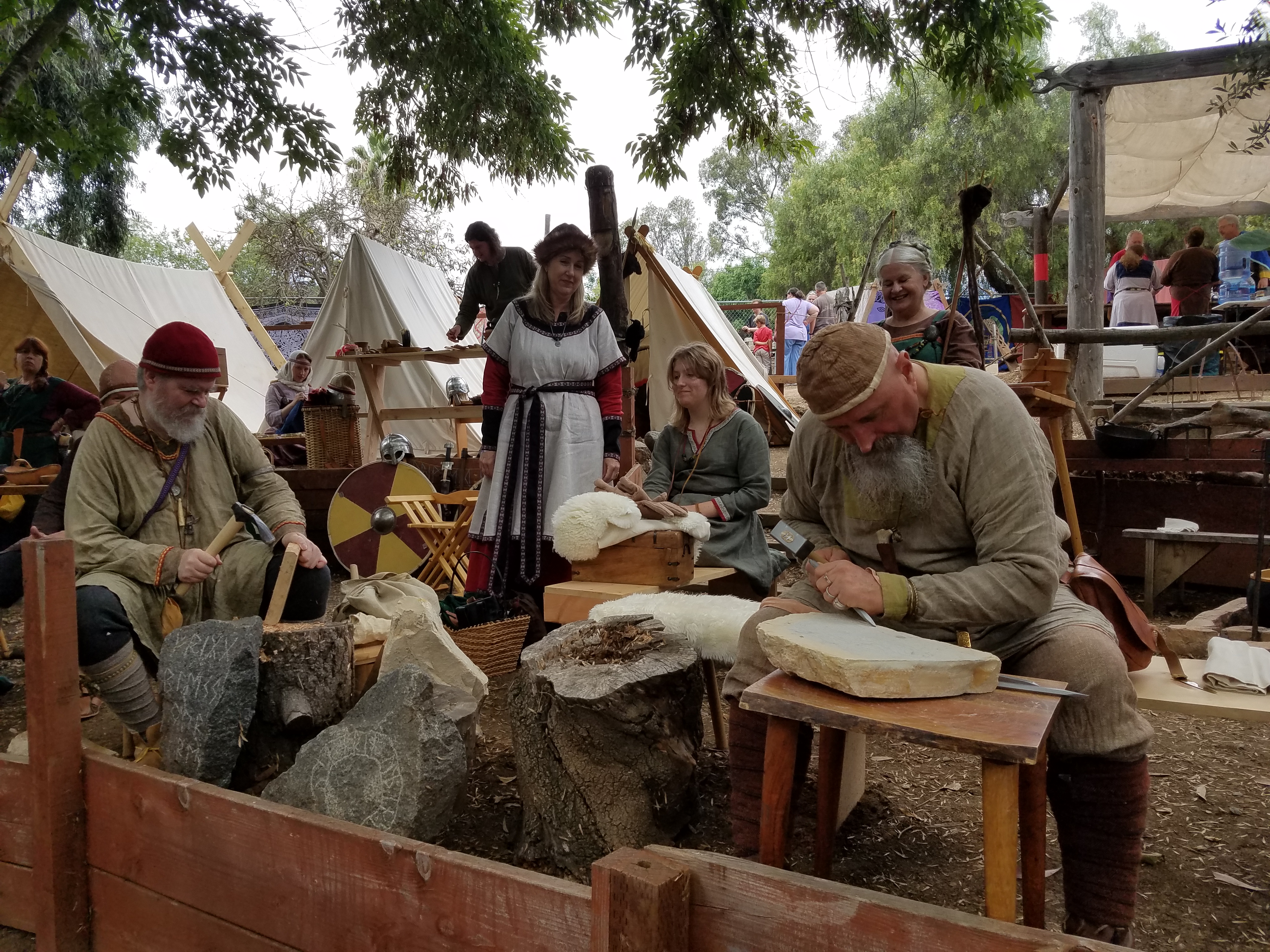
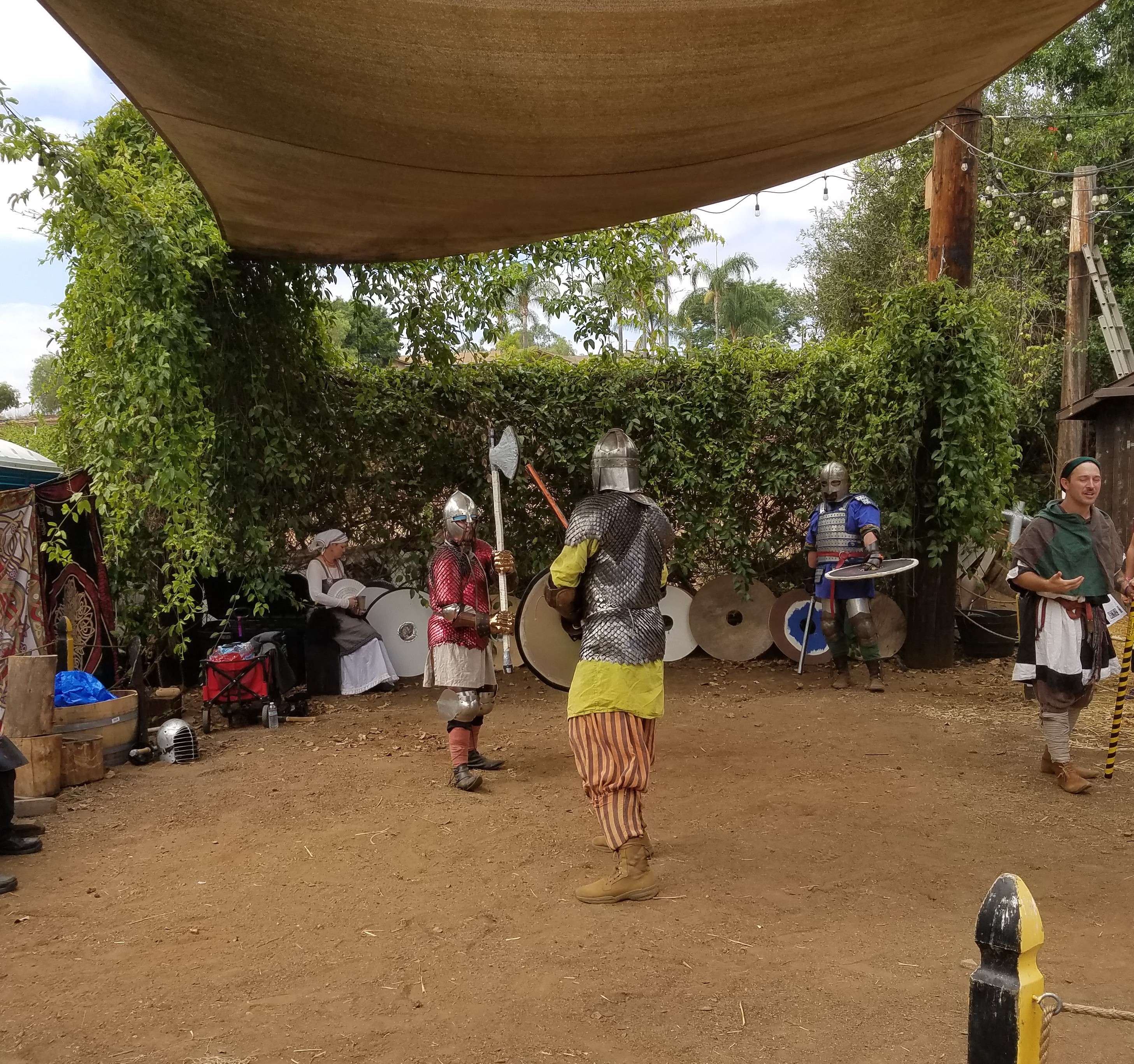
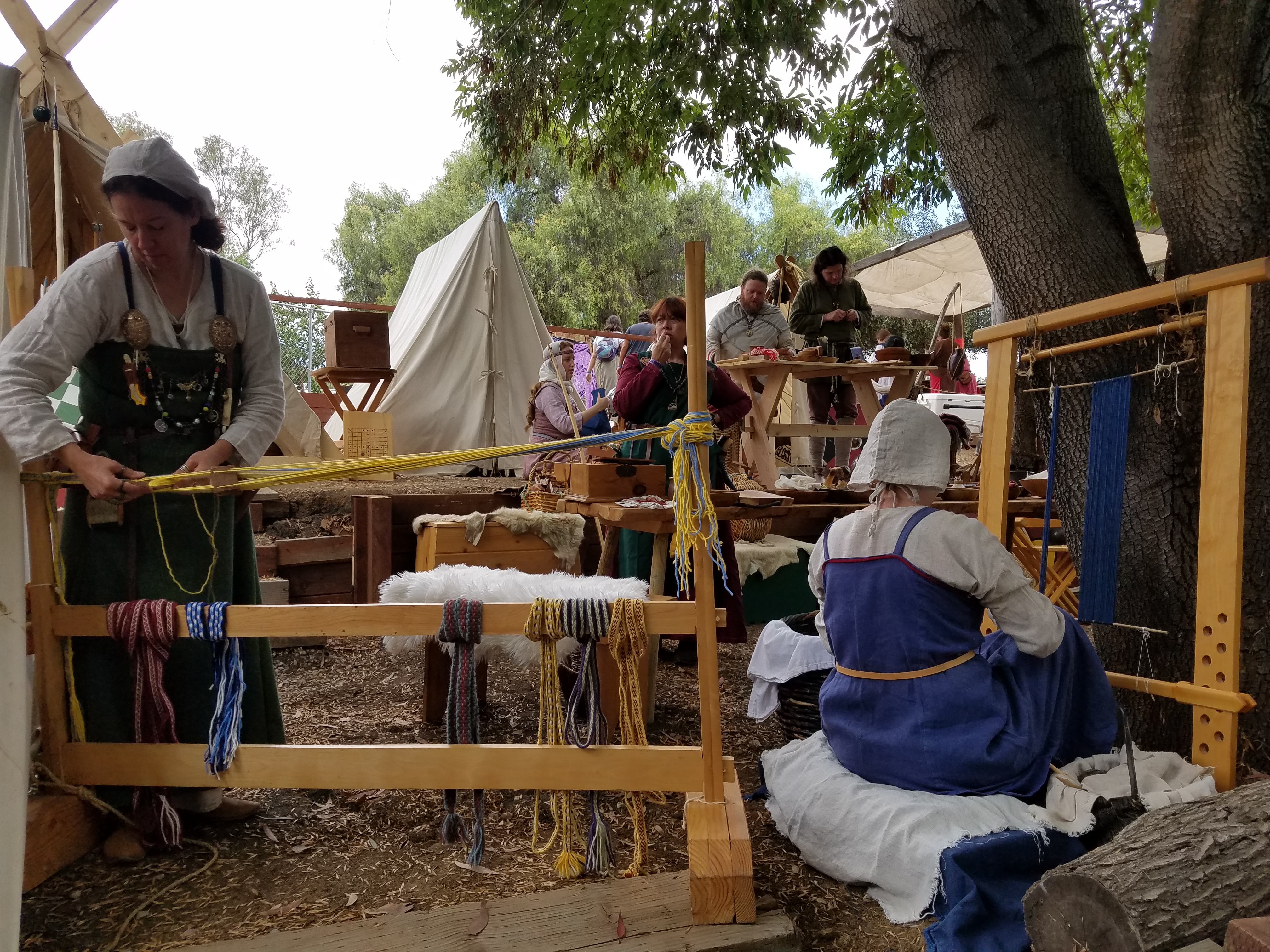

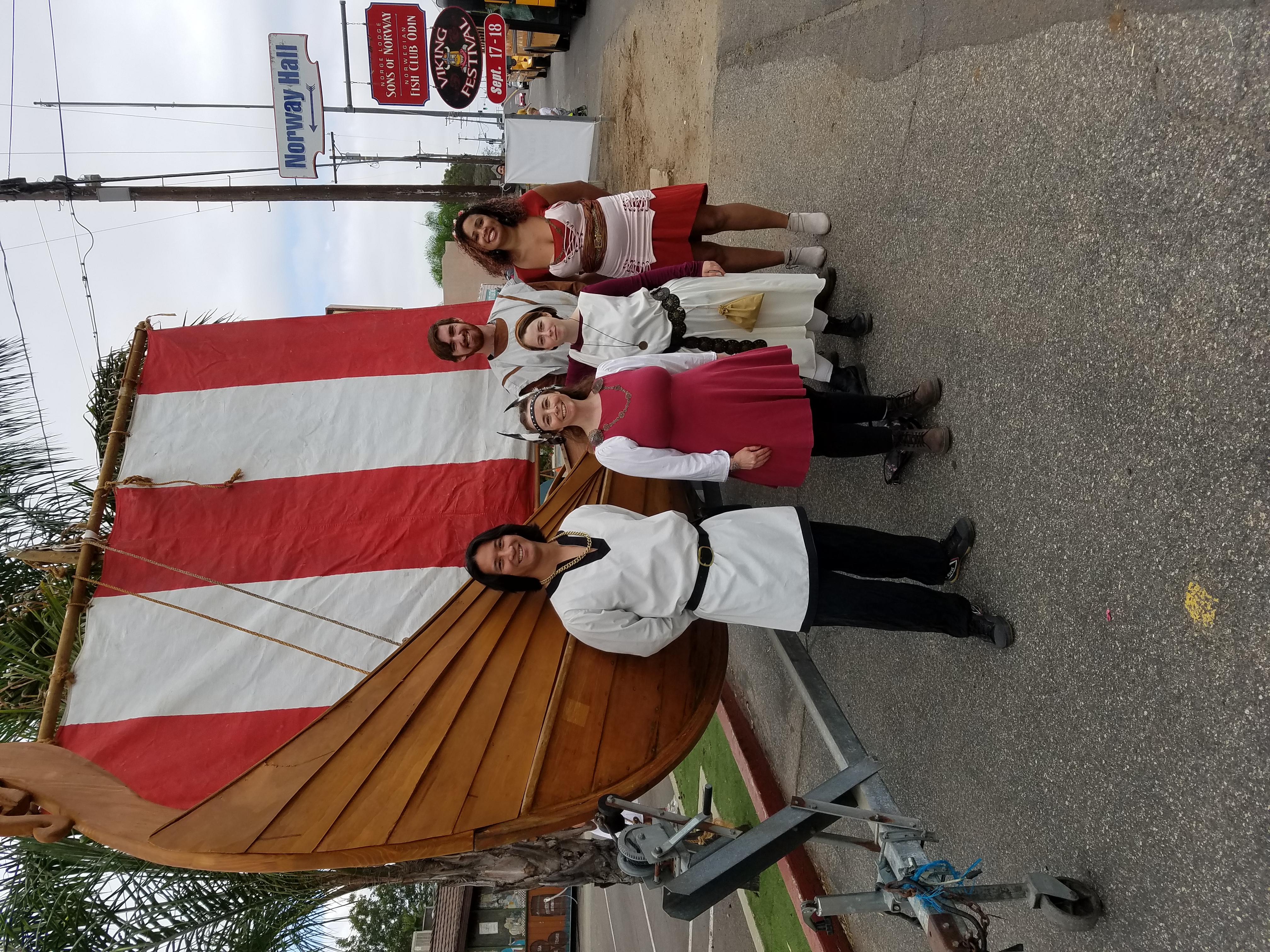
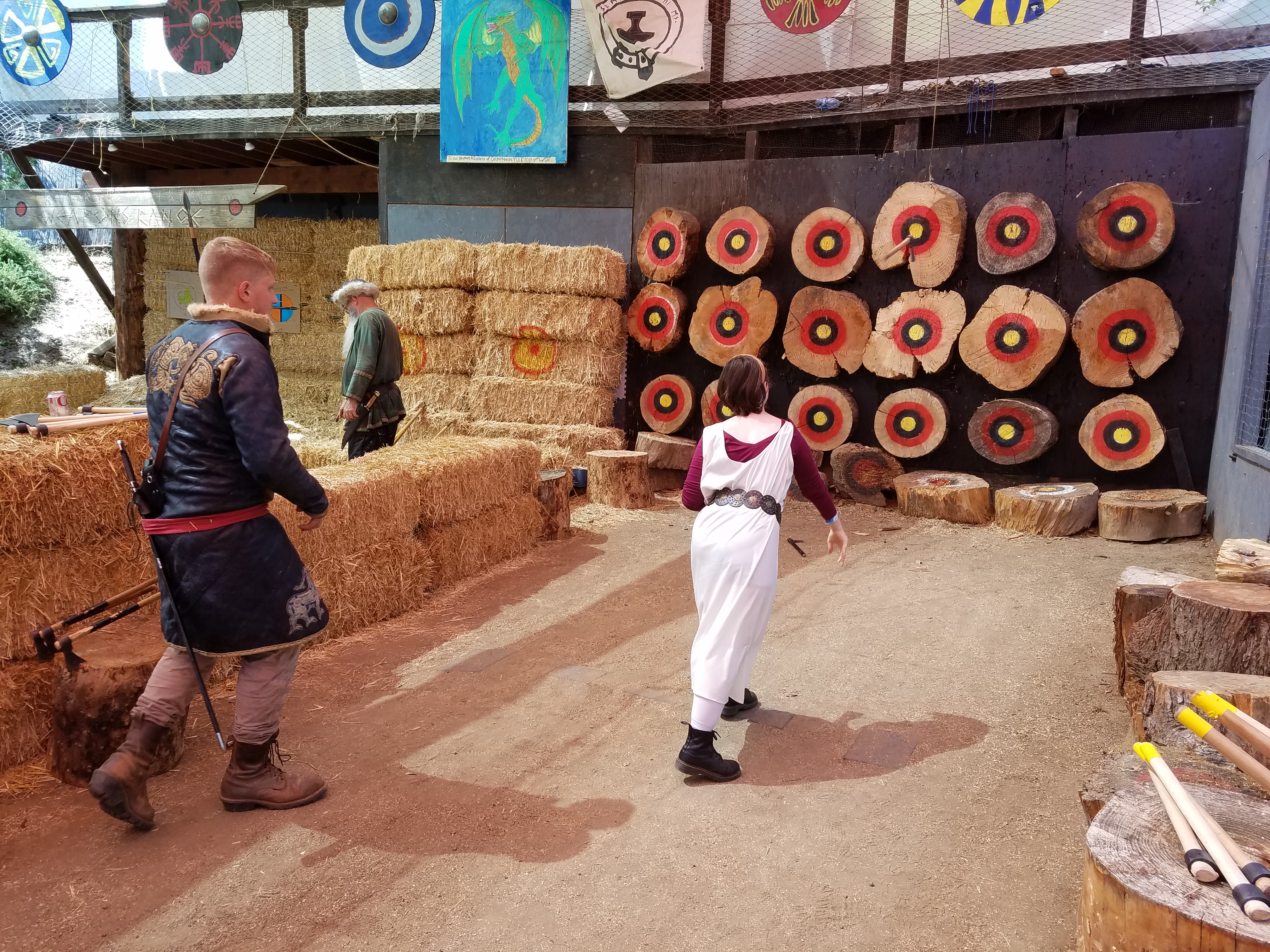

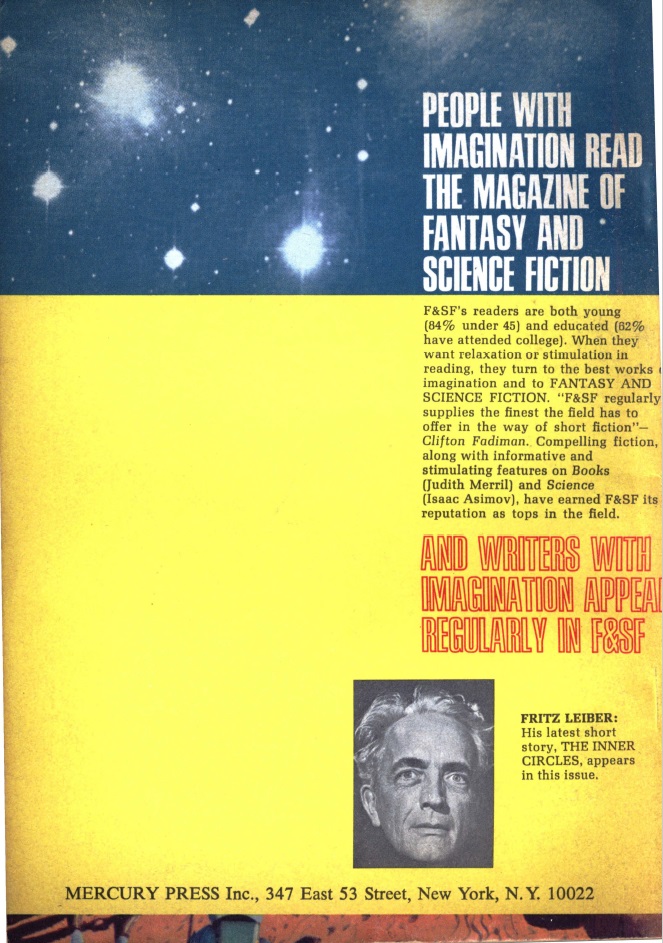

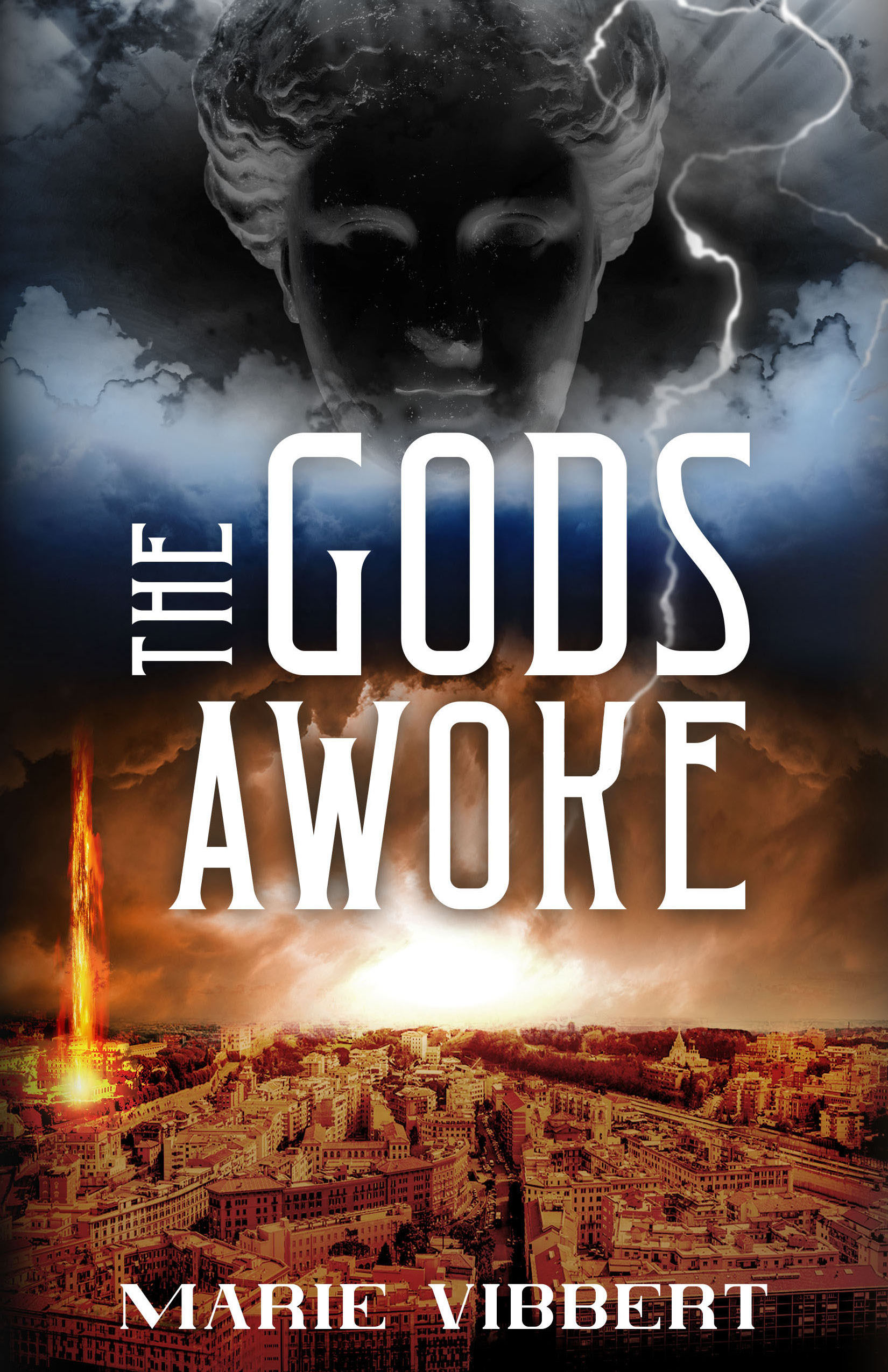
![[September 16, 1967] A quick tour round the Fan Hugos](https://galacticjourney.org/wp-content/uploads/2022/09/670916-lighthouse-15-cover-by-jack-gaughan-672x372.jpg)

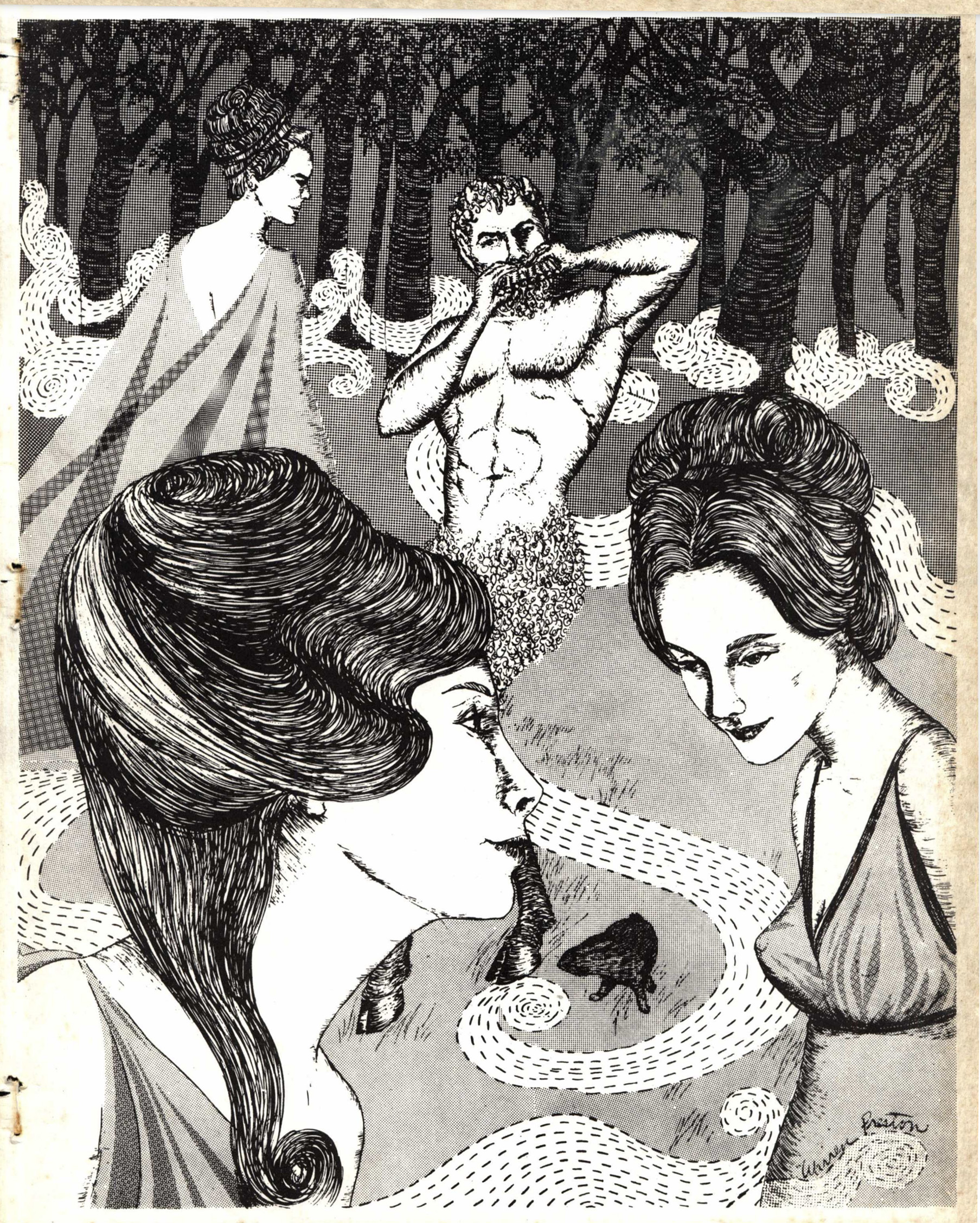
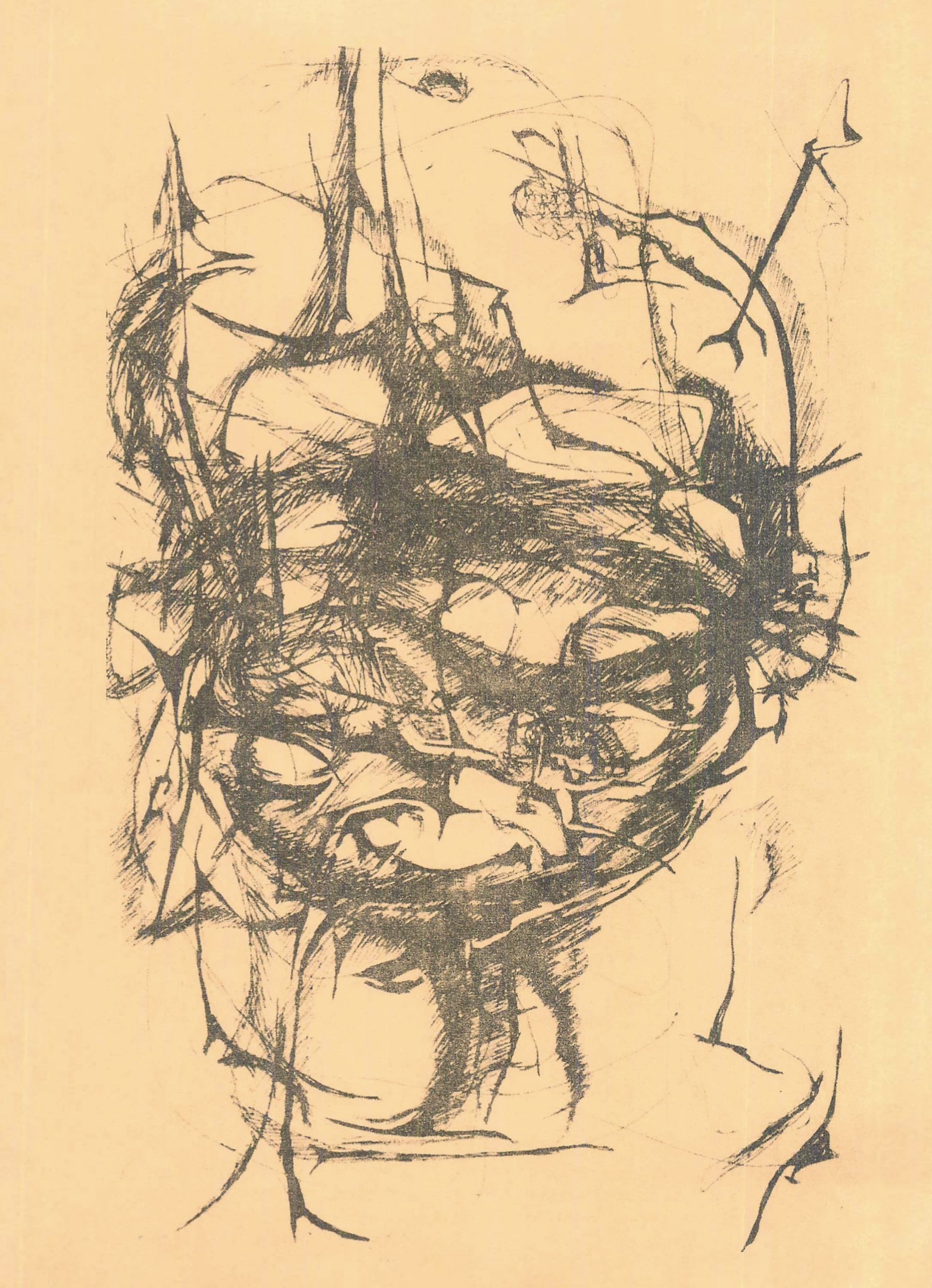


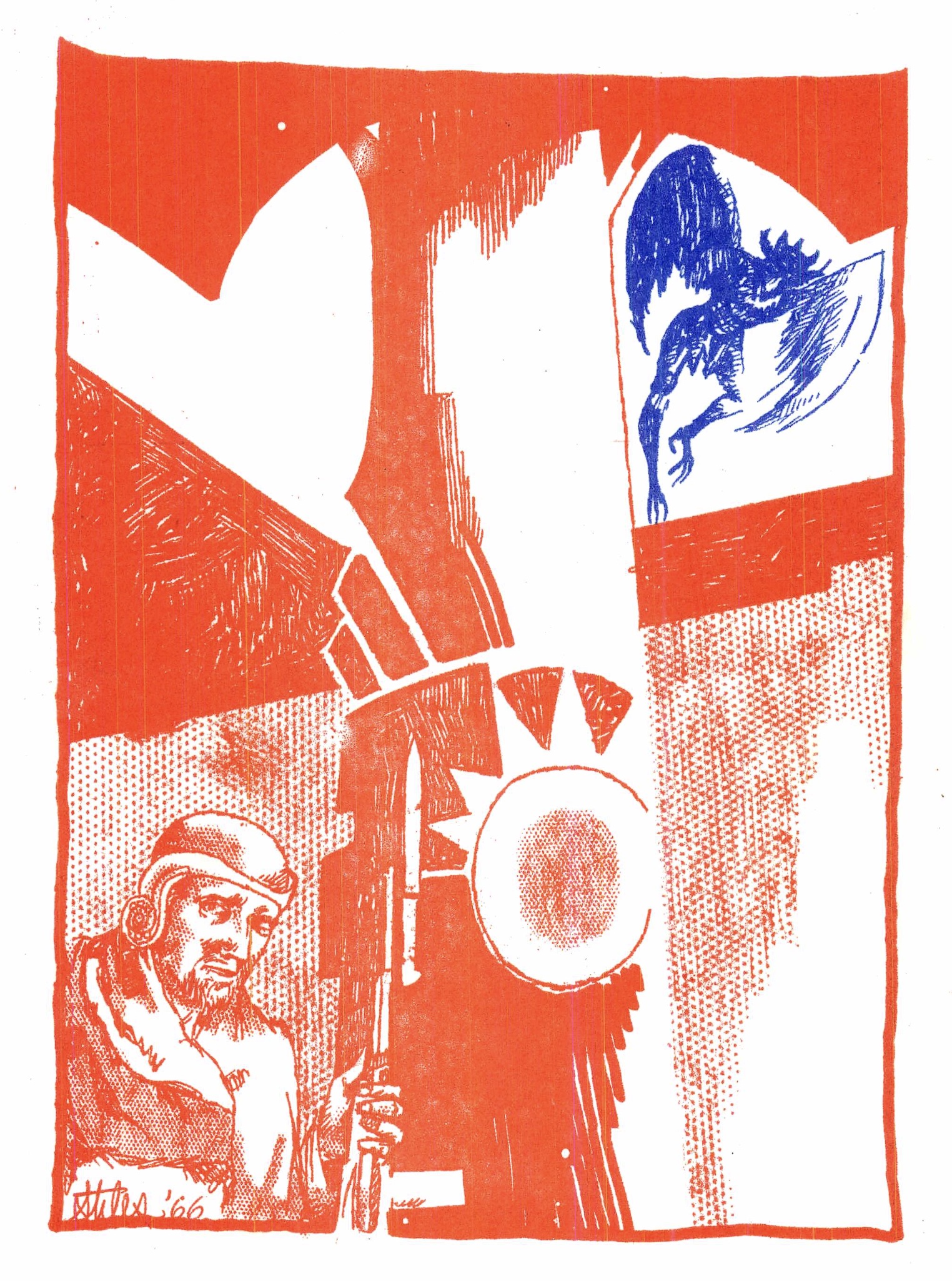
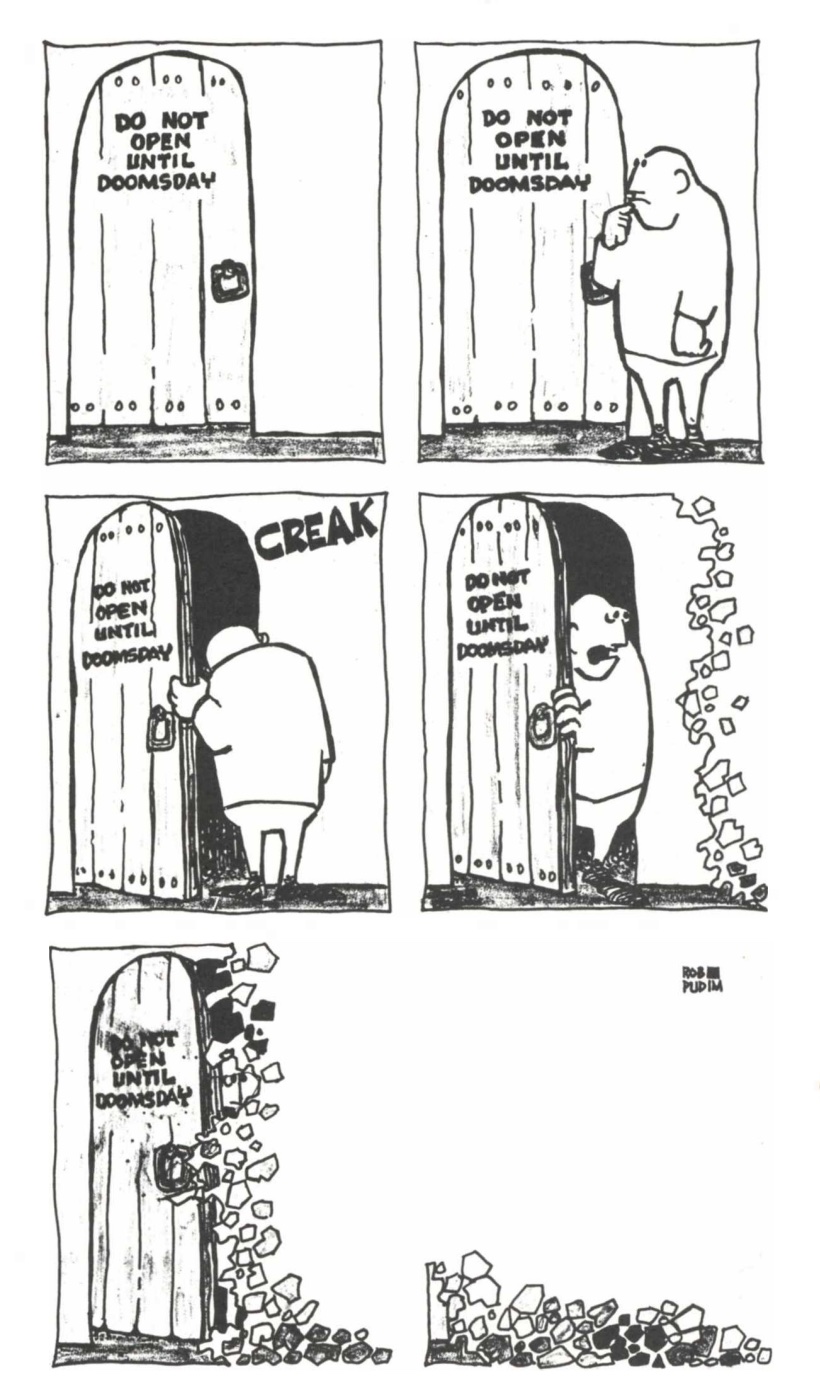
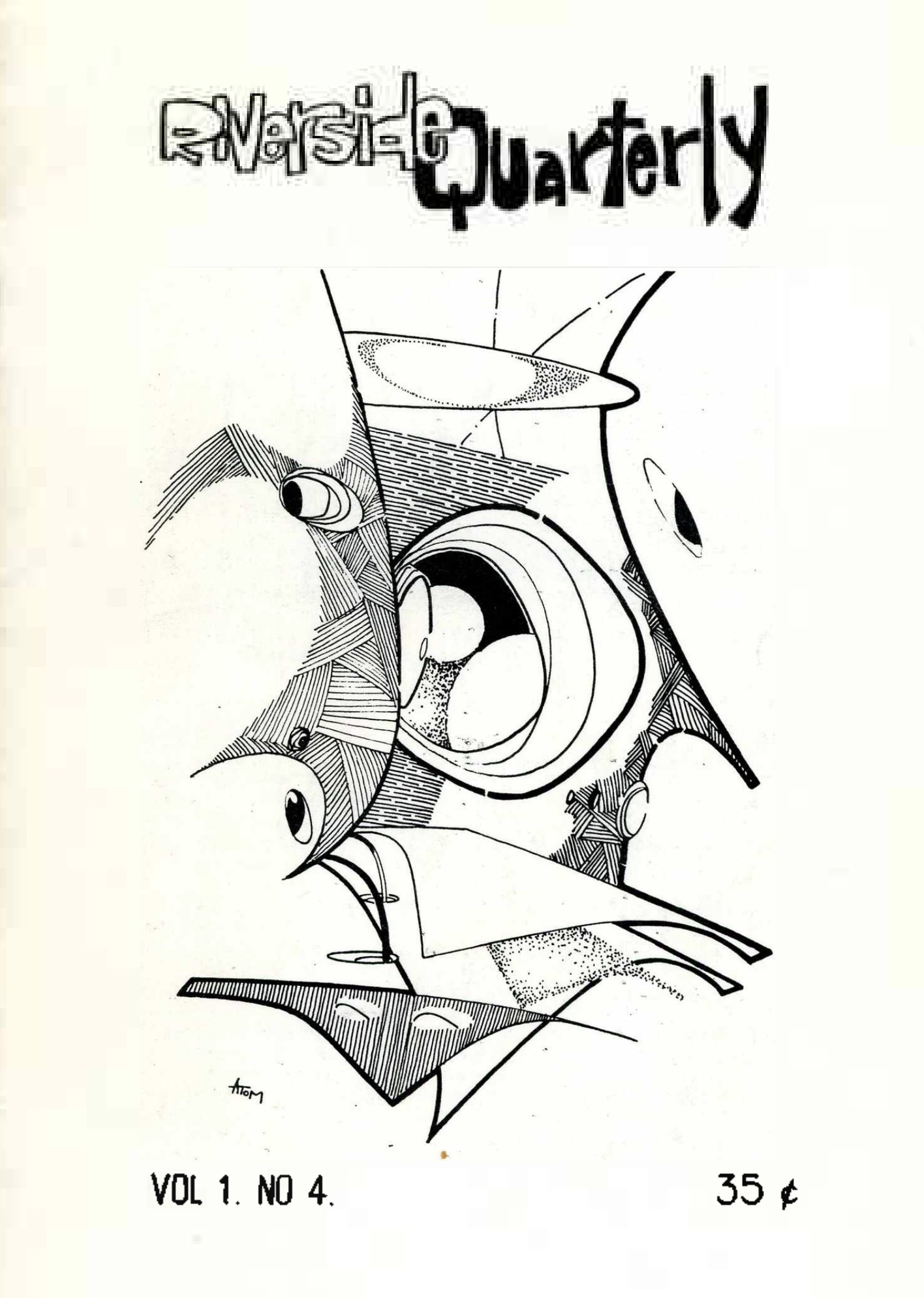
![[September 14, 1967] Stuck in the Past (October 1967 <i>Galaxy</i>)](https://galacticjourney.org/wp-content/uploads/2022/09/670910cover-672x372.jpg)
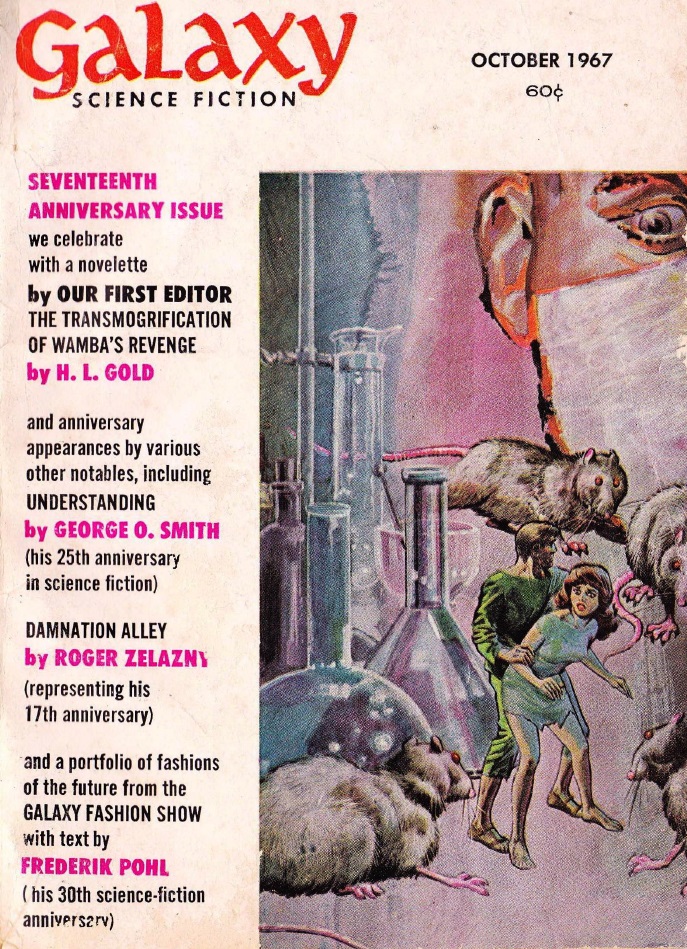




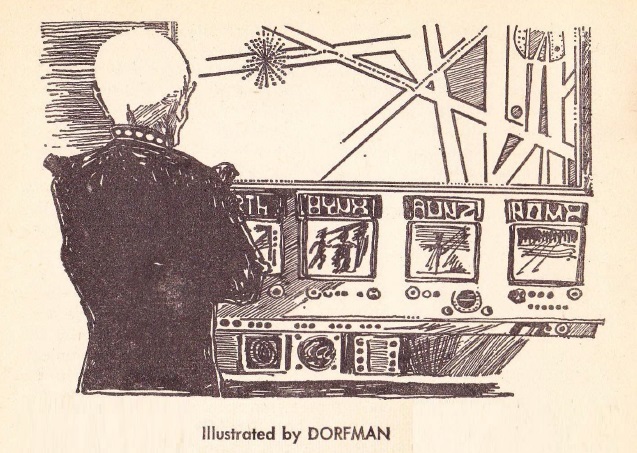
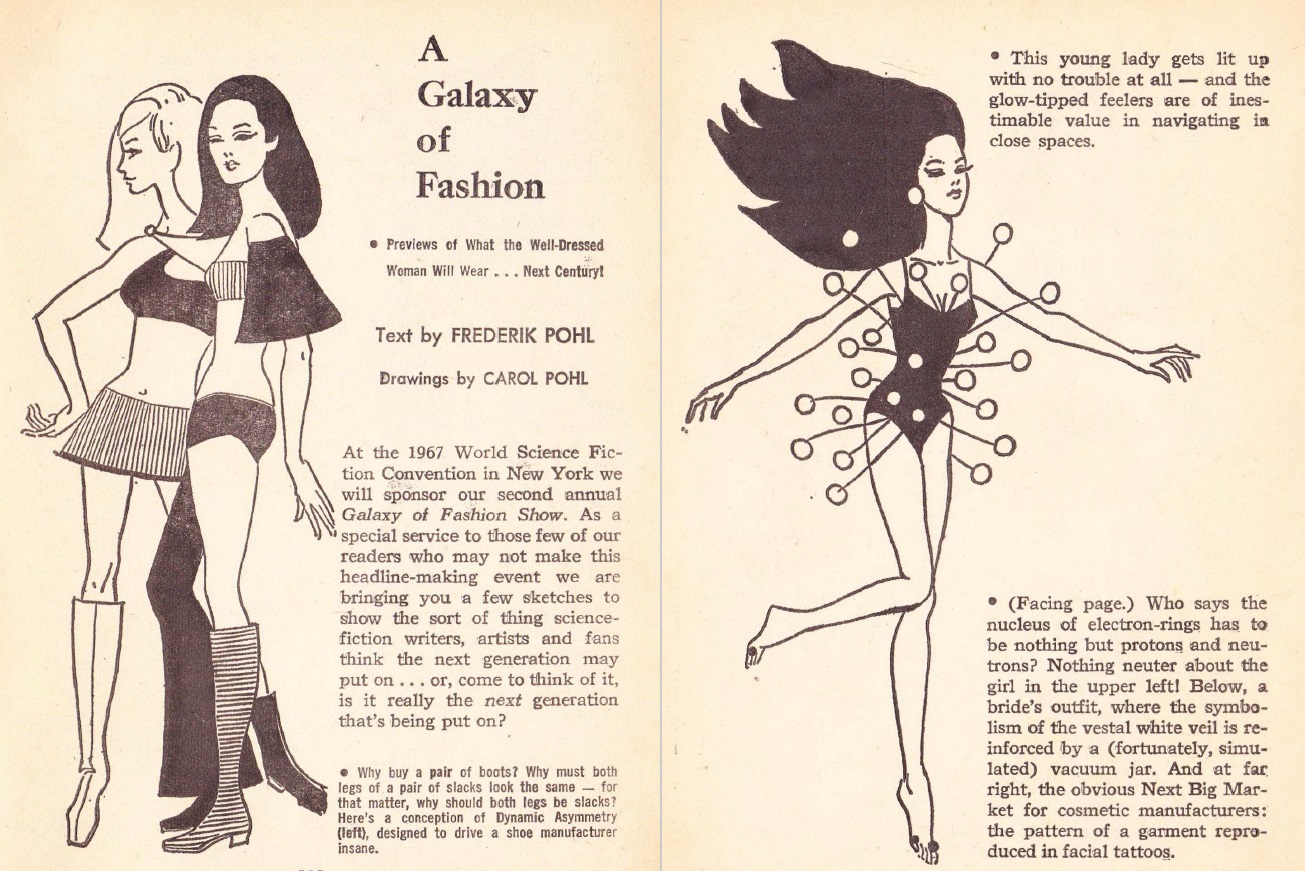

![[September 12, 1967] Heavens Above! (<i>The Fifteenth Pelican</i> and <i>The Flying Nun</i>)](https://galacticjourney.org/wp-content/uploads/2022/08/sddefault-2-619x372.jpg)











![[September 10, 1967] Women's liberation! (September 1967 Galactoscope)](https://galacticjourney.org/wp-content/uploads/2022/09/670910featured-672x372.jpg)







![[September 8, 1967] New York, New York! (the 25th World Science Fiction convention)](https://galacticjourney.org/wp-content/uploads/2022/09/670906hugo-350x372.jpg)
































![[September 6, 1967] New Look, New . . . ? (October 1967 <i>Amazing</i>)](https://galacticjourney.org/wp-content/uploads/2022/09/amz-1067-cover-394x372.png)

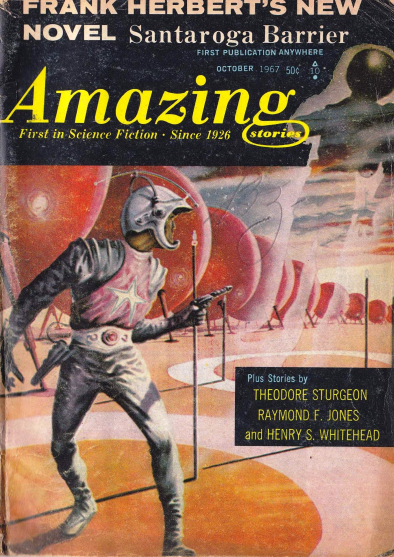
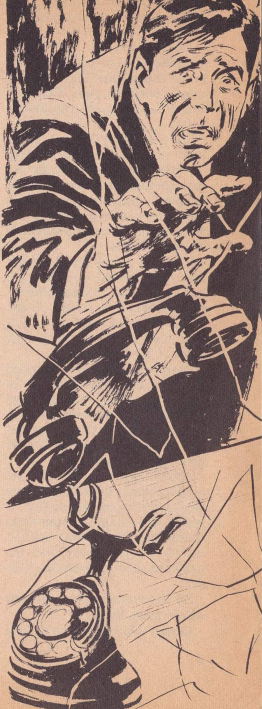



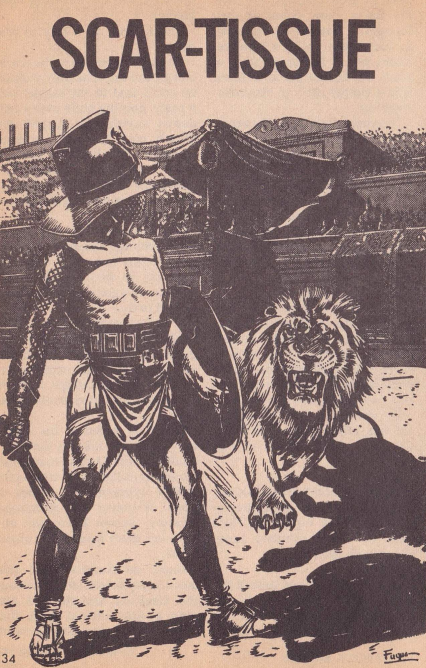
![[September 4, 1967] We Love The Pirates…But Wilson Does Not! (The End of Pirate Radio)](https://galacticjourney.org/wp-content/uploads/2022/08/Radio-1-DJs.jpg)
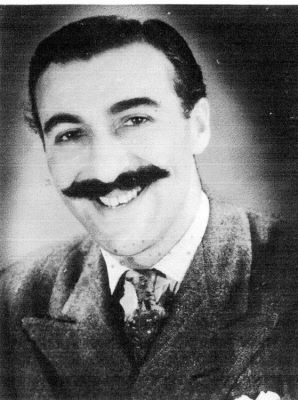
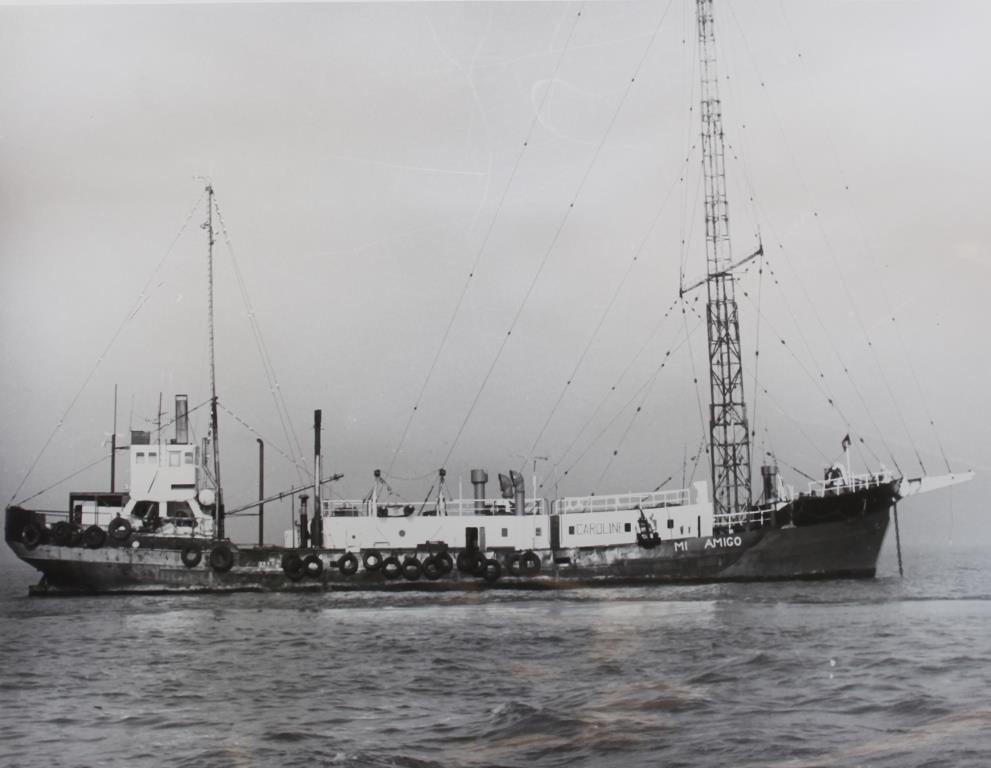
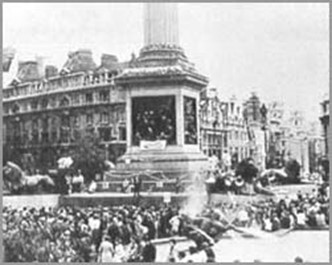



![[September 2, 1967] Of Genies and Bottles (October 1967 <i>IF</i>)](https://galacticjourney.org/wp-content/uploads/2022/08/IF-Cover-1967-10-672x372.jpg)

 William C. Foster, the chief American representative to the Eighteen Nation Committee on Disarmament.
William C. Foster, the chief American representative to the Eighteen Nation Committee on Disarmament. The art is intriguing, but none of this happens in Hal Clement’s new novel. Art by Castellon
The art is intriguing, but none of this happens in Hal Clement’s new novel. Art by Castellon